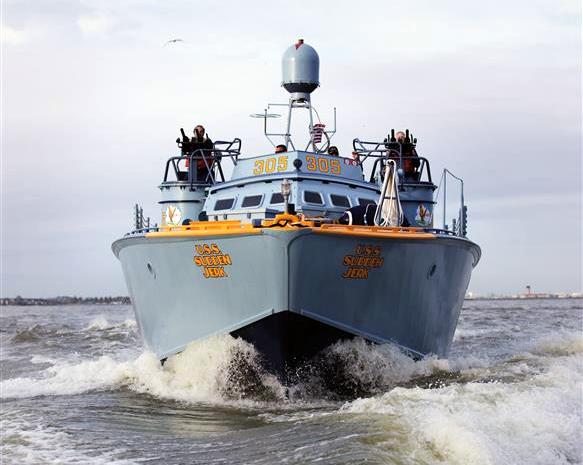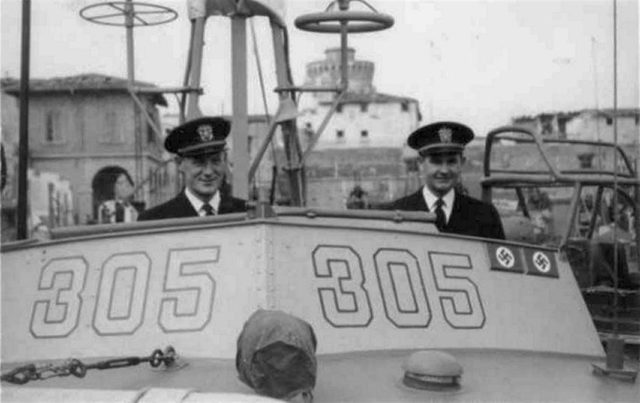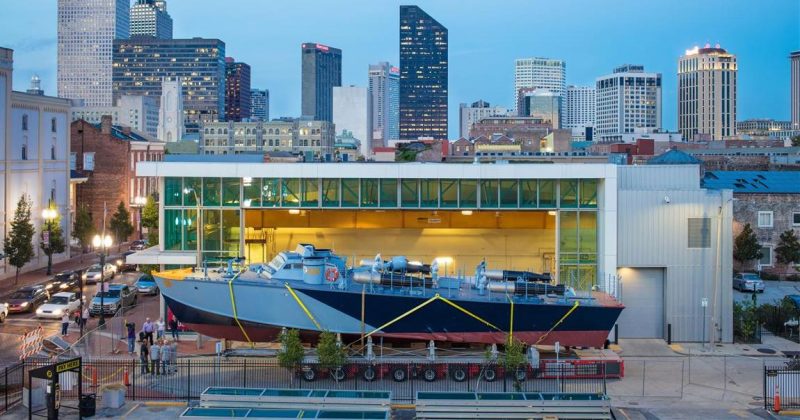What a rush this will be: tourists will soon have the opportunity to go for a ride in a restored Second World War PT boat moored on a waterway near New Orleans.
PT (patrol torpedo) 305 is America’s only fully restored boat. It sank three enemy ships during the war, made more than 70 patrols and participated in two invasions in the Mediterranean.

Fast and sleek they were designed for patrolling enemy-held coastlines at night, launching attacks on enemy shipping then disappearing into the darkness.
Once torpedoes were launched, speed was important for a successful escape.
PT boats were the Navy’s quickest vessels of their time, pound for pound, and heavily armed, according to a display panel in the National World War II Museum’s boathouse.
Perhaps PT-109 is the best-known vessel, captained by John F. Kennedy, then a naval lieutenant, who was instrumental in guiding ten crewmen to safety after a Japanese destroyer ran over the boat in the dark.
Museum staffers say the 78-foot vessel is the only fully restored and operational American PT boat that took a direct role in the war.

Project historian Josh Schick said ordinarily exhibits are behind glass, but this one you can hear, feel and see.
He always says a person cannot smell history in a museum, but you can smell it now. The exhaust is going, the electrical systems, old-ship odor and a strong vibration.
One surviving member of the crews who manned the boat and a man, who served on a sister boat, the PT-308, are expected to attend the boat’s March 25th dedication.
Several months were required to bring the boat to its former appearance.
Other non-period touches include four six-person life rafts, although PT- 305 also carries old-style rubber life rafts in large blue sacks and a GPS navigation system, The Sun reported.
Paying guests will sit on seats designed to resemble ammo cases. They now come with imitation padding.
